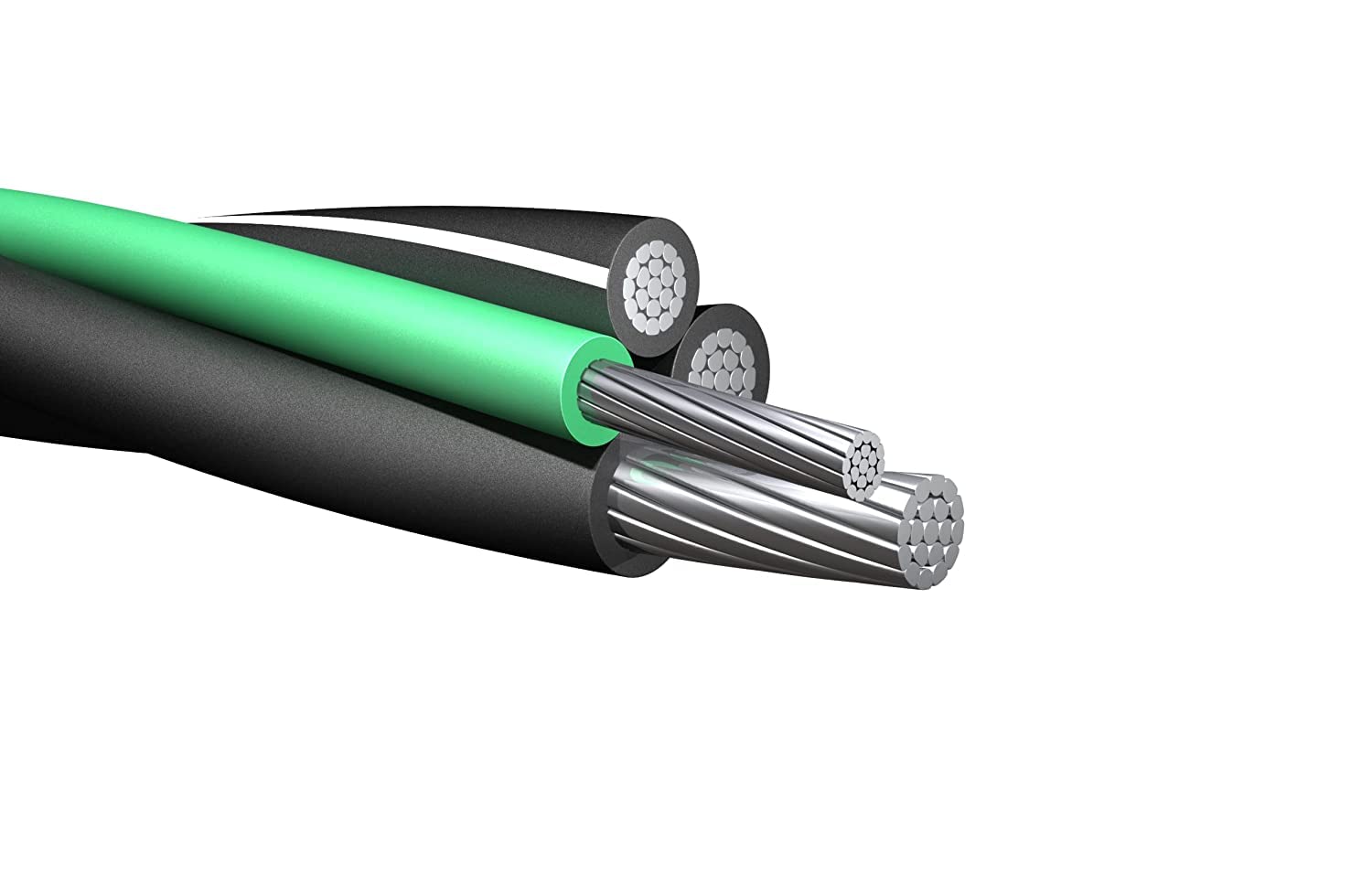

Articles
What Size Conduit For 2-2-2-4 Wire
Modified: October 22, 2024
Find out the appropriate size of conduit for 2-2-2-4 wire and ensure safe installation. Read our informative articles for expert guidance.
(Many of the links in this article redirect to a specific reviewed product. Your purchase of these products through affiliate links helps to generate commission for Storables.com, at no extra cost. Learn more)
Introduction
Welcome to our comprehensive guide on choosing the right conduit size for 2-2-2-4 wire. If you are embarking on an electrical project that involves this specific wire gauge, understanding the importance of proper conduit sizing is crucial. Conduit plays a vital role in protecting and enclosing electrical wiring, ensuring safety and longevity.
In this article, we will walk you through the process of selecting the appropriate conduit size for 2-2-2-4 wire, while considering various factors such as wire size, voltage rating, and application. Whether you are a homeowner, a DIY enthusiast, or a professional electrician, this guide will provide you with the knowledge and insights to make informed decisions for your electrical projects.
Before we delve into the specifics of conduit sizing for 2-2-2-4 wire, let’s take a moment to understand the concept of conduit size and its significance in electrical installations.
Key Takeaways:
- Choosing the right conduit size for 2-2-2-4 wire is crucial for safety and functionality. Consider wire size, voltage rating, and future expansions to ensure optimal protection and ventilation.
- Calculating conduit size involves wire fill capacity and local regulations. Consult manufacturer specifications and professional electricians for accurate sizing and compliance.
Read more: What Size Conduit For A 4-Gauge Wire
Understanding Conduit Size
Conduit size refers to the internal diameter or capacity of a conduit, which determines the maximum number and size of conductors that can be safely installed within it. In general, larger conduit sizes allow for more wires to be housed, providing flexibility and accommodating future expansions or modifications.
Conduit size is typically measured in inches, and the common sizes range from ½ inch to 6 inches. The size is denoted by a trade size, which may differ from the actual measurement due to industry standards. The National Electrical Manufacturers Association (NEMA) and the American National Standards Institute (ANSI) have established regulations and standards to ensure uniformity in conduit sizing.
Choosing the right conduit size is crucial for several reasons. Firstly, it ensures that the wires can be easily installed and pulled through the conduit without excessive force or damage. Secondly, it allows for proper ventilation and heat dissipation, preventing overheating of the wires. Lastly, it facilitates future maintenance and upgrades, as additional wires can be added without the need for major modifications.
It’s important to note that conduit size is not determined solely by the size of the wires it will contain. Other factors such as the type of insulation, voltage rating, and application must also be taken into consideration. Let’s explore the conduit options available for 2-2-2-4 wire and discuss the factors that influence the choice of conduit size.
Conduit Options for 2-2-2-4 Wire
When it comes to selecting the right conduit for 2-2-2-4 wire, there are several options available. The choice depends on the specific requirements of your project, including the environment, installation method, and the level of protection needed. Here are some common conduit types that are suitable for 2-2-2-4 wire:
- Rigid Metal Conduit (RMC): RMC, also known as galvanized steel conduit, provides excellent protection and is highly durable. It is a popular choice for industrial and commercial applications where exposure to physical damage is a concern. RMC is available in various sizes and can be threaded for easy installation.
- Intermediate Metal Conduit (IMC): IMC is another type of steel conduit that offers a balance between durability and cost-effectiveness. It is lighter than RMC and is suitable for both indoor and outdoor applications. IMC is often used in areas where corrosion is a concern, as it provides better resistance compared to RMC.
- Electrical Metallic Tubing (EMT): EMT is made of thin-walled steel and is a popular choice for residential and light commercial applications. It provides decent protection for wires and is easy to bend and manipulate. EMT is commonly used in exposed areas where aesthetics and flexibility are important.
- Polyvinyl Chloride (PVC) Conduit: PVC conduit is a non-metallic option that is widely used in both residential and commercial applications. It is lightweight, corrosion-resistant, and easy to install. PVC conduit is available in various sizes and can be used underground or above ground.
- Flexible Metal Conduit (FMC): FMC, also known as “greenfield,” is a flexible option that is commonly used for short runs or in areas where bending and maneuverability are required. It is often used in tight spaces or where there is a need for future modifications.
Each conduit type has its strengths and limitations, and the choice depends on factors such as the installation location, budget, and specific project requirements. It is essential to consult local electrical codes and regulations to ensure compliance when selecting the appropriate conduit type for your 2-2-2-4 wire installation.
When choosing conduit size for 2-2-2-4 wire, use a 1 1/4 inch conduit to allow for easy installation and future upgrades. Always consult local electrical codes and regulations for specific requirements.
Factors to Consider
When choosing the right conduit size for 2-2-2-4 wire, there are several important factors to take into consideration. These factors will help ensure that the conduit provides adequate protection for the wires and meets the specific requirements of your electrical installation. Here are some key factors to consider:
- Wire Size: The size of the wire itself plays a crucial role in determining the appropriate conduit size. 2-2-2-4 wire refers to a specific gauge, with the first number (2) representing the wire thickness and the following numbers indicating the number of current-carrying conductors and the grounding conductor. Be sure to choose a conduit size that allows for easy installation and is compatible with the wire size.
- Voltage Rating: The voltage rating of the wire should also be considered when selecting conduit size. Higher voltages may require larger conduit to ensure proper wire insulation and spacing. Consult the installation guidelines and local electrical codes to determine the appropriate conduit size based on the voltage rating of the wire.
- Application and Environment: Different applications and environmental conditions may require specific conduit types and sizes. Consider the location of the installation – whether it is indoor or outdoor, exposed or concealed. Outdoor installations, for example, may require conduit that can withstand UV exposure and moisture. Analyzing the specific requirements of your project will help you choose an appropriate conduit size.
- Wire Fill Capacity: Each conduit size has a maximum wire fill capacity, which refers to the number and size of wires it can accommodate. It is essential to ensure that the chosen conduit size can safely house all the necessary wires, allowing for proper spacing and ventilation. Exceeding the wire fill capacity can lead to overheating and may pose safety hazards.
- Future Expansion: Consider any potential future expansions or modifications to your electrical system. If there is a possibility of adding more wires in the future, it is wise to choose a conduit size that can accommodate these additions without the need for major modifications.
By taking these factors into account and consulting with a professional electrician if needed, you can ensure that you select the appropriate conduit size for your 2-2-2-4 wire installation, providing optimal protection and functionality for your electrical system.
Calculating Conduit Size for 2-2-2-4 Wire
Calculating the correct conduit size for 2-2-2-4 wire involves considering both the wire fill capacity and the specific requirements of your electrical installation. Here is a step-by-step guide to help you determine the appropriate conduit size:
- Identify the wire type: Determine the type of wire being used. In this case, it is 2-2-2-4 wire, which consists of three current-carrying conductors and one grounding conductor.
- Consult the manufacturer’s specifications: Refer to the manufacturer’s specifications for the 2-2-2-4 wire to find the recommended conduit size or wire fill capacity. The specifications will provide information on the maximum number of conductors that can be safely placed inside the conduit.
- Determine the conduit fill percentage: Determine the allowable conduit fill percentage based on local electrical codes and regulations. These codes typically specify the maximum percentage of conduit fill, which ensures proper wire spacing and ventilation. This percentage may vary depending on the type of wire and the application.
- Calculate the conduit size: Multiply the wire fill capacity (number of conductors) by the conduit fill percentage to determine the maximum number of wires that can be safely placed in the conduit. For example, if the manufacturer’s specifications indicate that the wire fill capacity is 40% and the conduit fill percentage allowed is 50%, the maximum number of wires that can be installed is 40% x 50% = 20% of the total conduit volume.
- Select the appropriate conduit size: Choose a conduit size that can accommodate the calculated maximum number of wires. Refer to the conduit sizing charts provided by manufacturers or consult with a professional electrician to ensure compliance with local regulations.
It is important to note that these calculations provide a general guideline for determining conduit size. Local electrical codes and regulations may have specific requirements that should be followed. Additionally, consulting with a professional electrician is always recommended to ensure the correct conduit size for your specific electrical installation.
By following these steps and considering the wire fill capacity, conduit fill percentage, and local regulations, you can accurately calculate and select the appropriate conduit size for your 2-2-2-4 wire installation.
Read more: What Size Conduit For 12/2 Wire
Conclusion
Choosing the right conduit size for your 2-2-2-4 wire is essential for the successful completion of your electrical project. The conduit not only protects the wires but also ensures proper installation, ventilation, and future expandability. By understanding conduit sizing, exploring different conduit options, considering various factors, and calculating the appropriate conduit size, you can confidently proceed with your electrical installation.
Remember to take into account the size of the wire, voltage rating, application, environment, wire fill capacity, and potential future expansions. These factors will help you determine the correct conduit size that meets the specific requirements of your project. It’s also important to consult local electrical codes and regulations to ensure compliance and safety.
By following the steps outlined in this guide, you can make informed decisions and select the conduit that provides optimum protection and functionality for your 2-2-2-4 wire installation. If you have any doubts or concerns, it’s always advisable to consult with a professional electrician who can provide guidance based on their expertise and knowledge of local regulations.
With the right conduit size, you can rest assured knowing that your 2-2-2-4 wire installation is done to the highest standards, ensuring the safe and efficient operation of your electrical system for years to come.
Ready to tackle more DIY projects? Discover how to safely extend power to your garage with our next guide on running overhead electrical wiring. This step-by-step approach will clear up any confusion and ensure your workspace is powered up without a hitch. Don't miss out on these practical tips to streamline your home improvement efforts.
Frequently Asked Questions about What Size Conduit For 2-2-2-4 Wire
Was this page helpful?
At Storables.com, we guarantee accurate and reliable information. Our content, validated by Expert Board Contributors, is crafted following stringent Editorial Policies. We're committed to providing you with well-researched, expert-backed insights for all your informational needs.
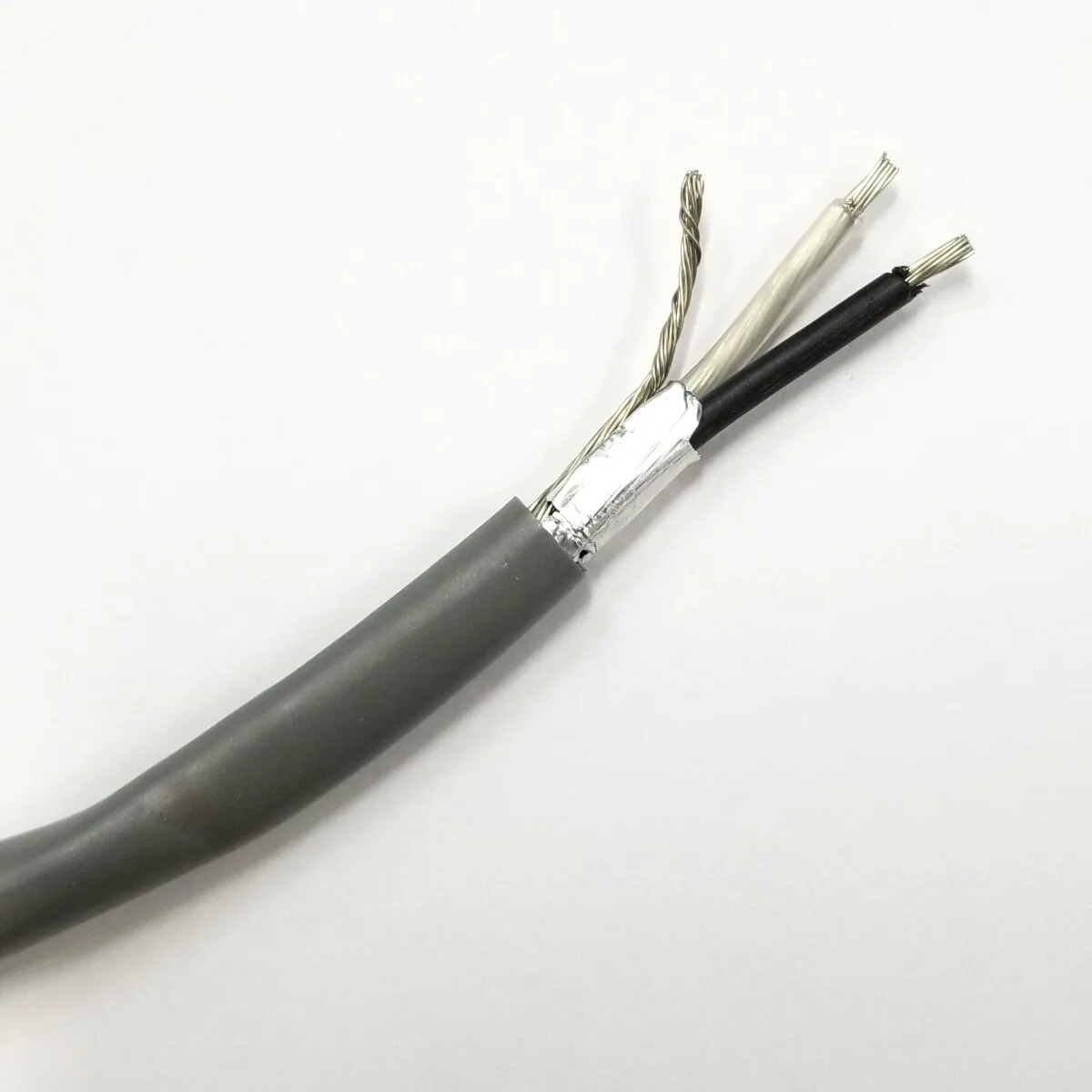
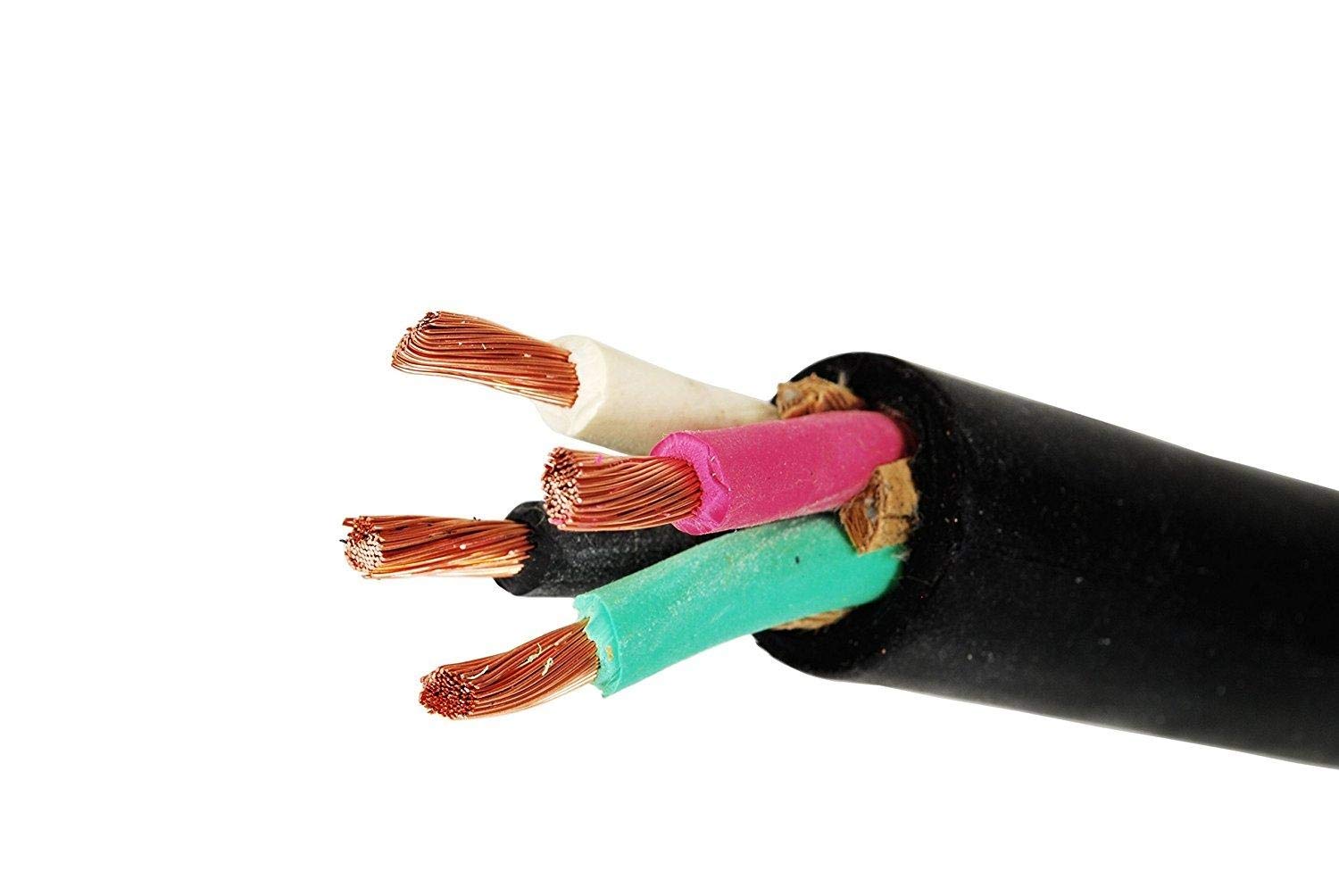
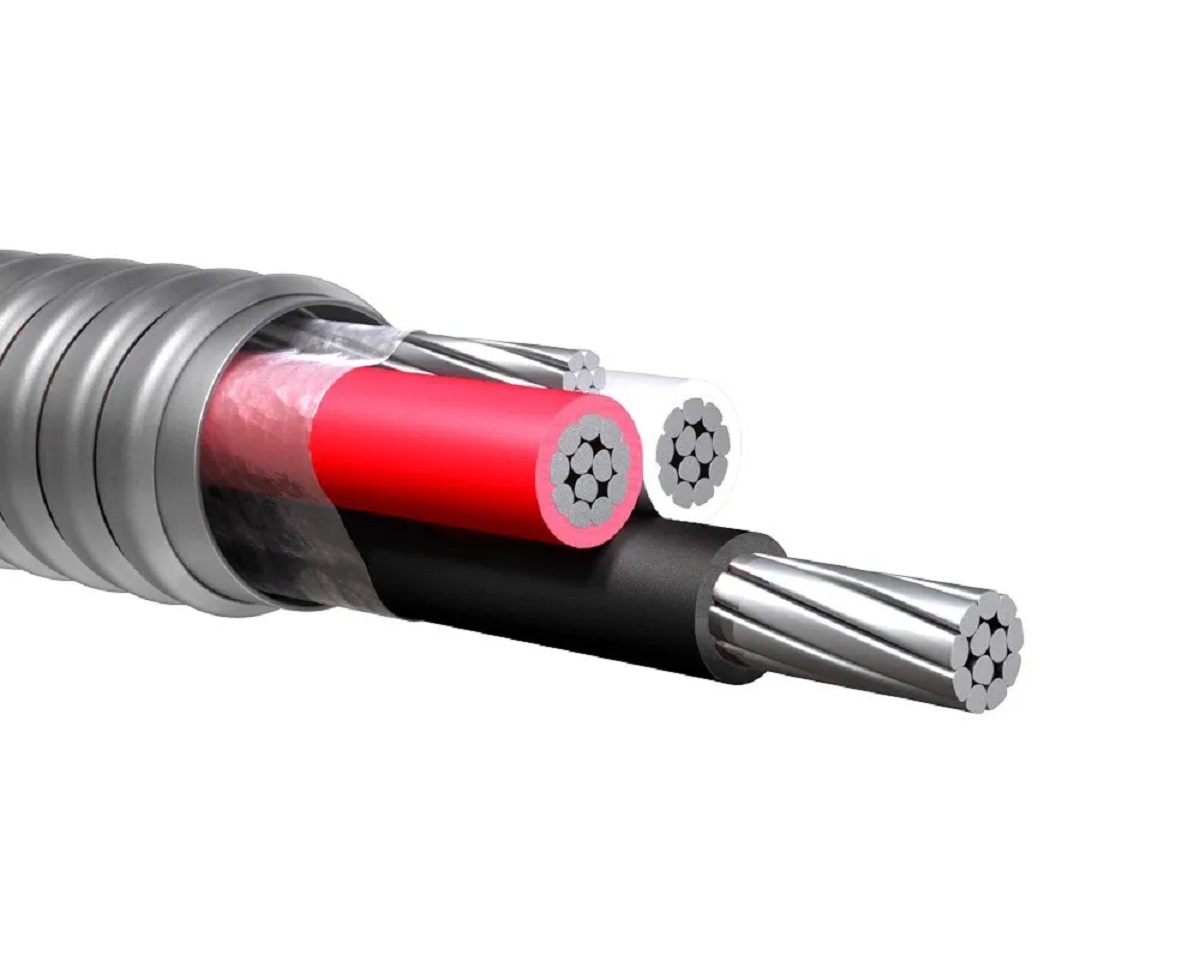
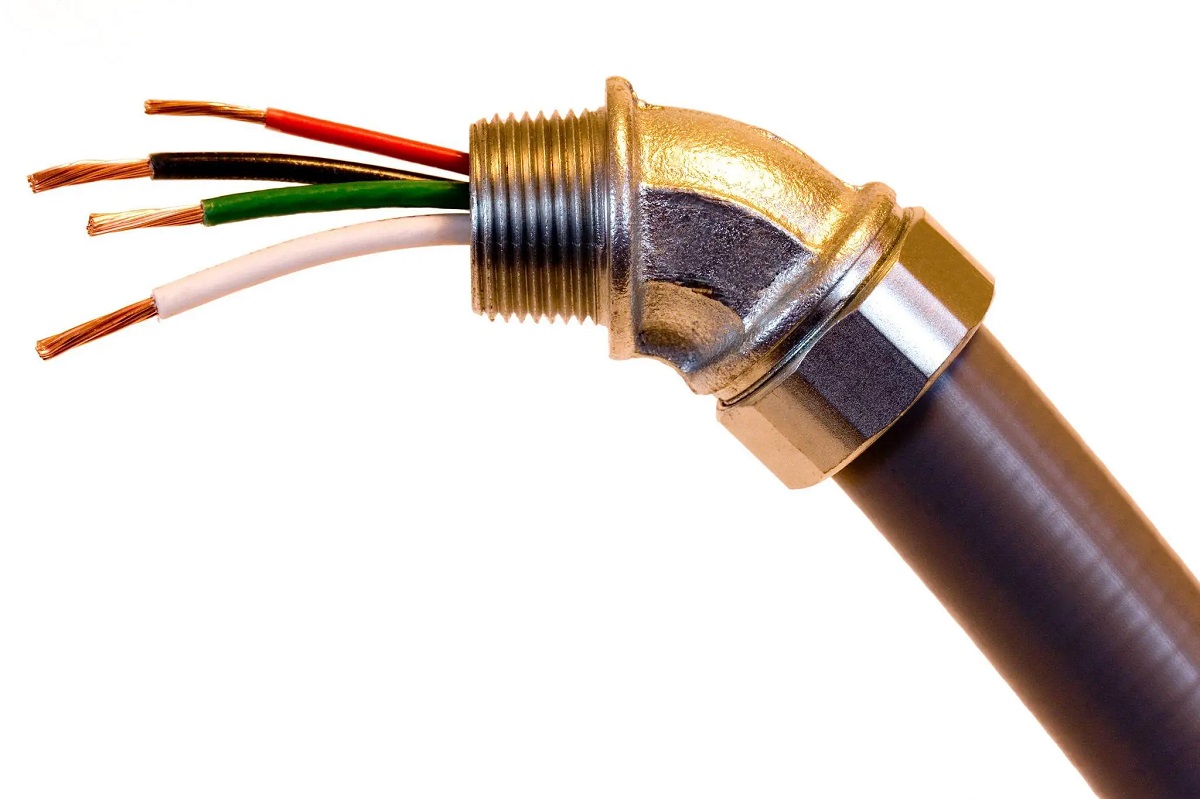

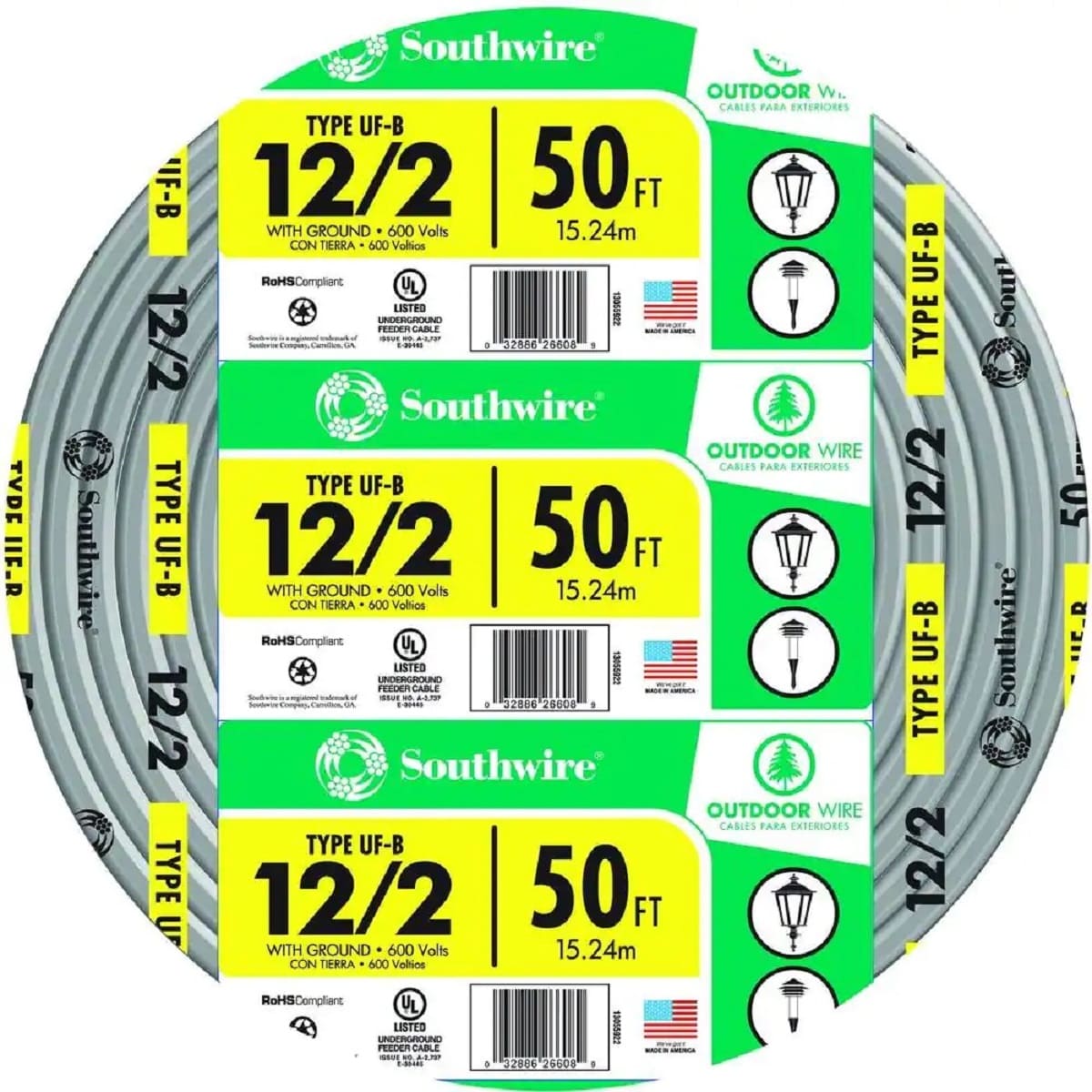
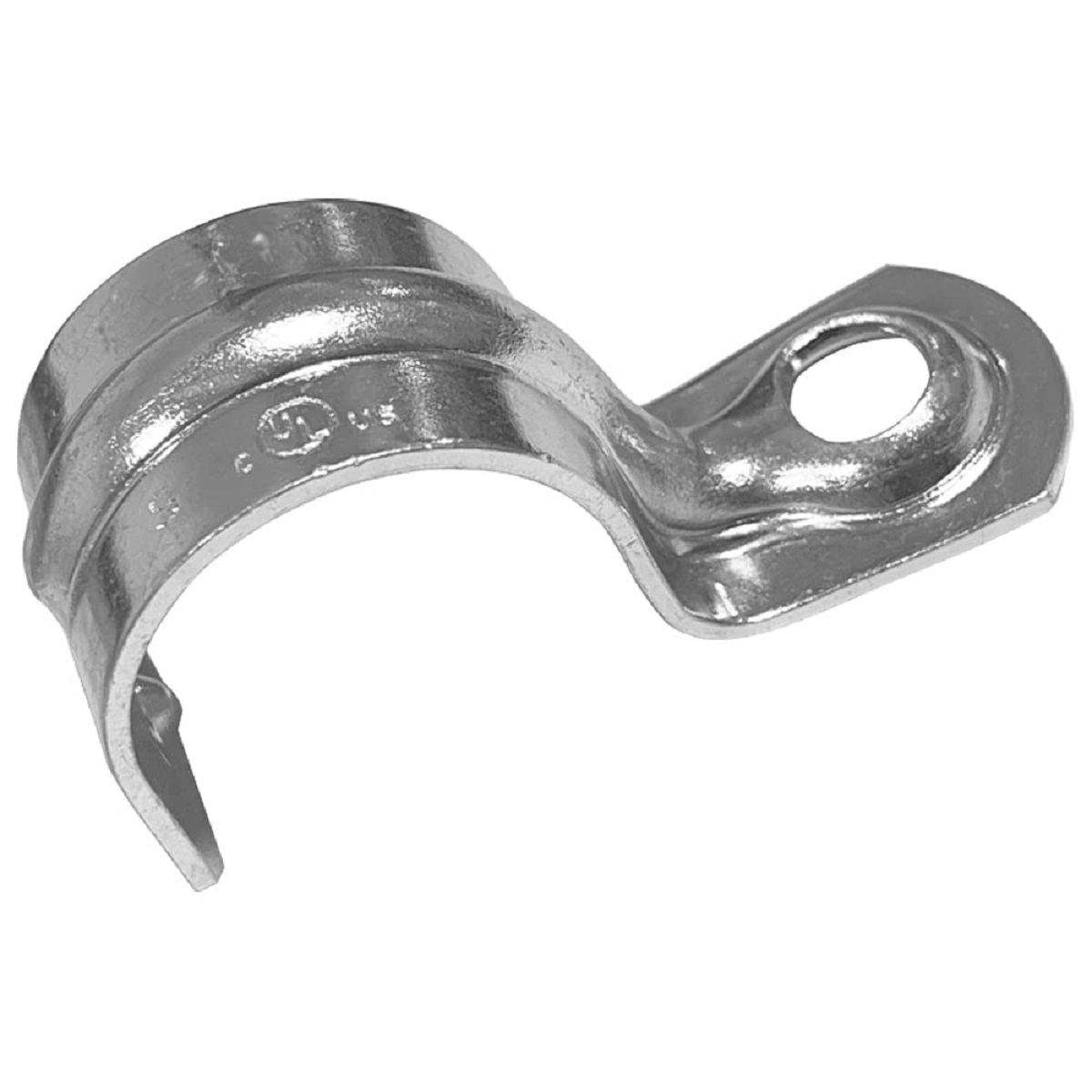

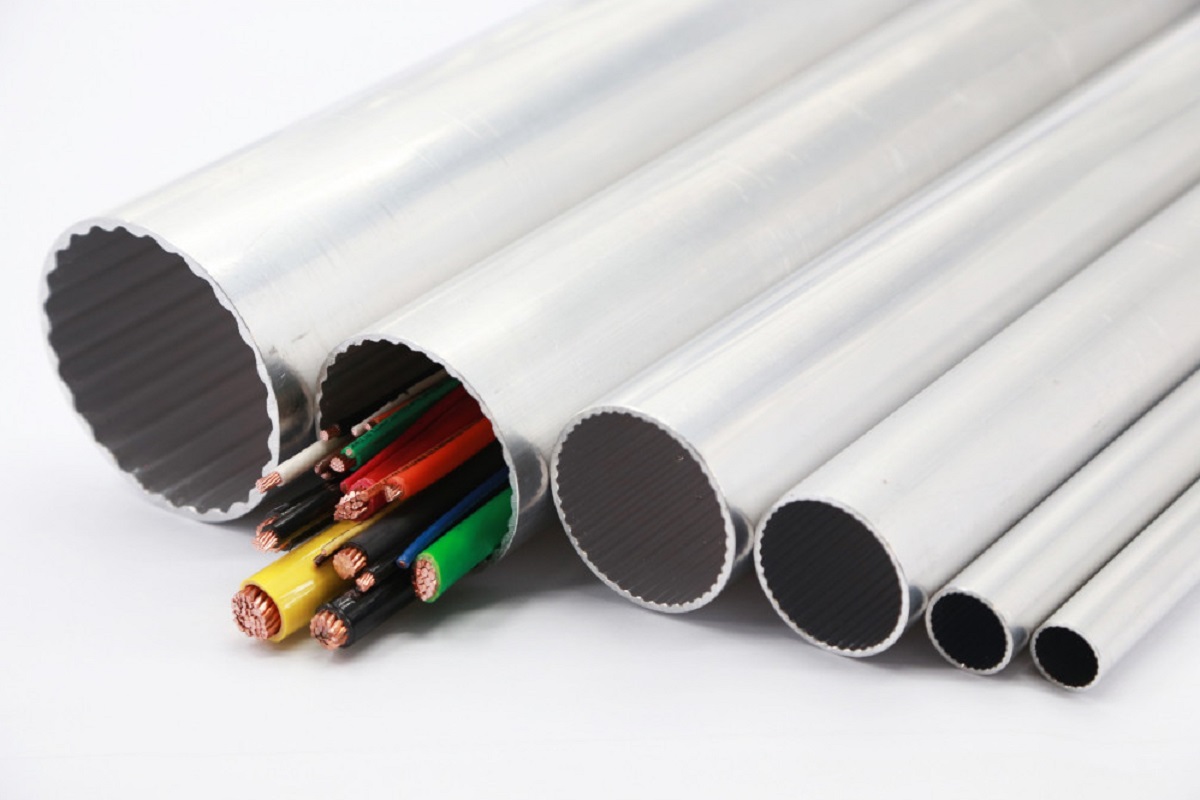
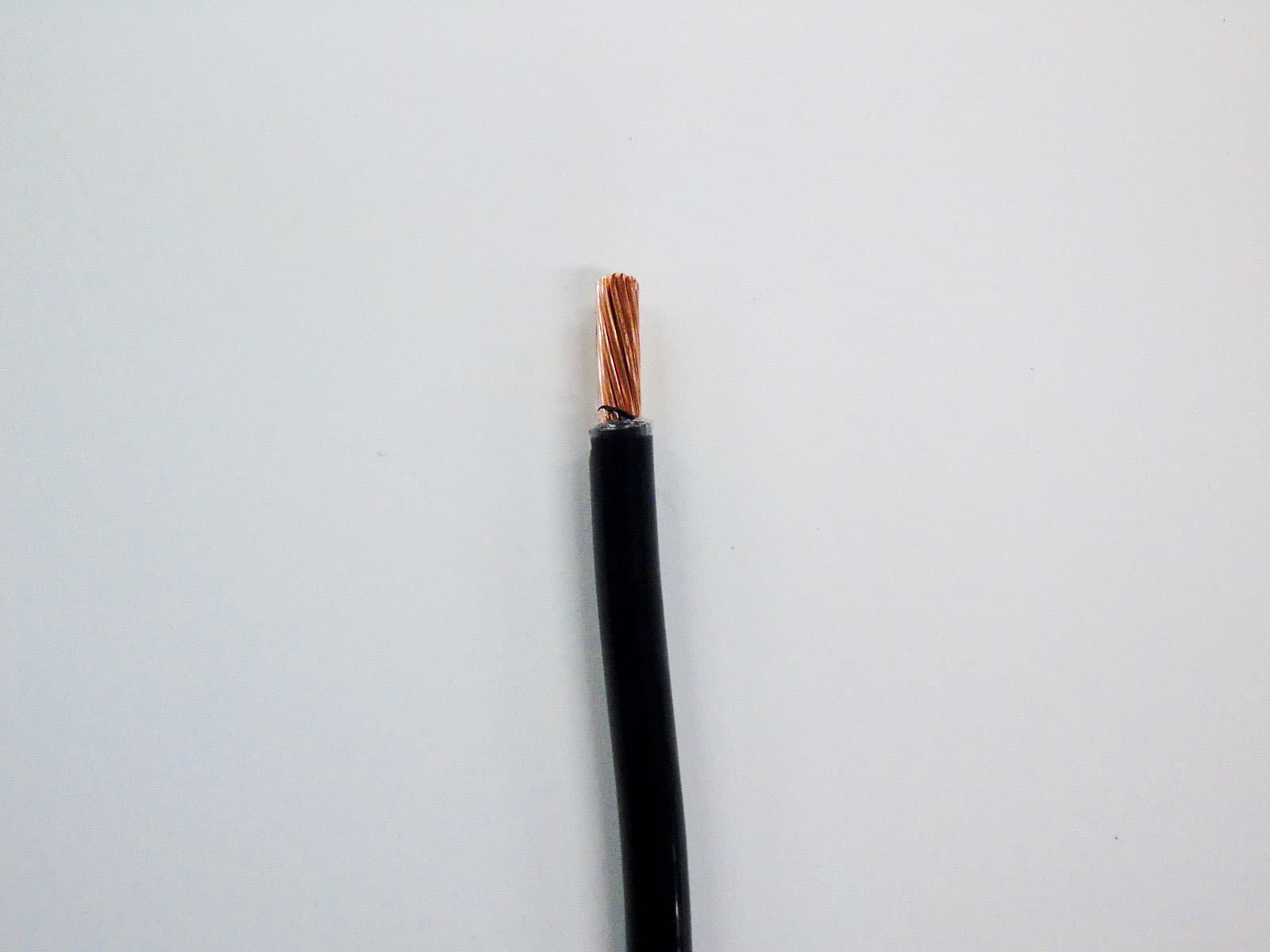
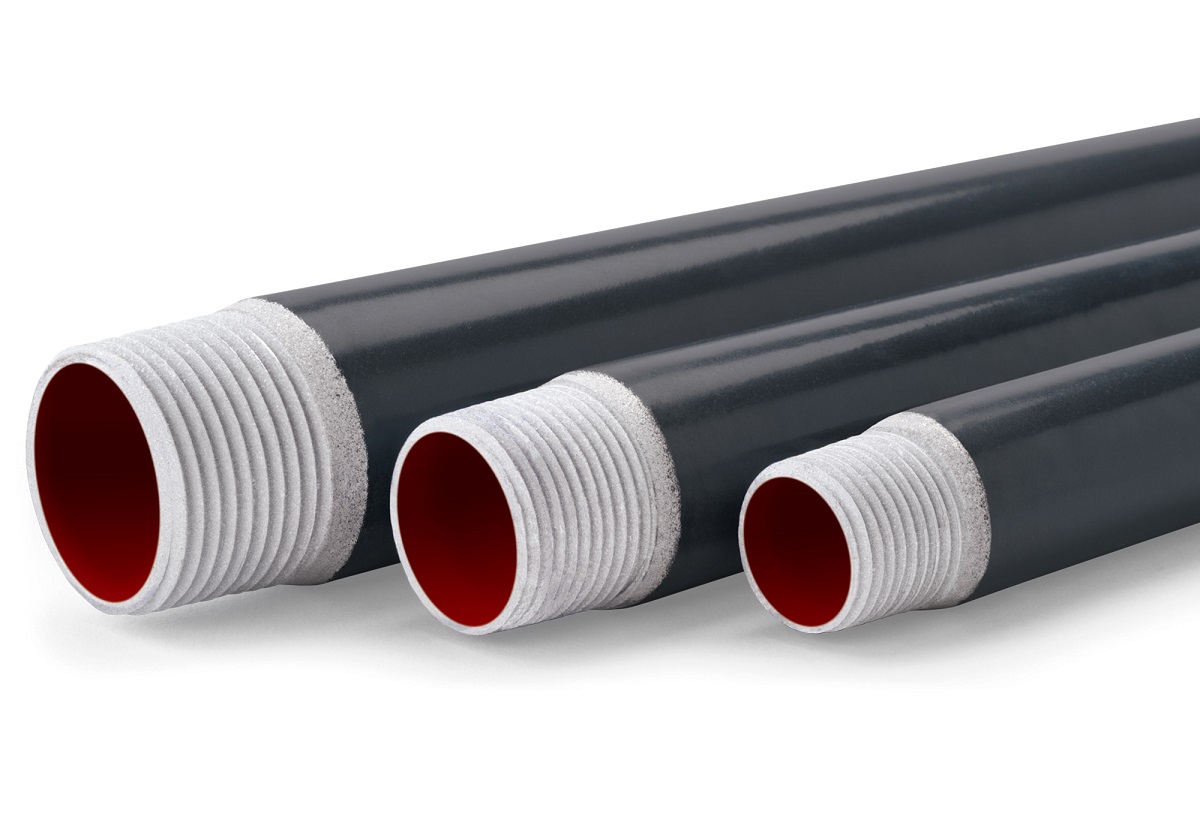
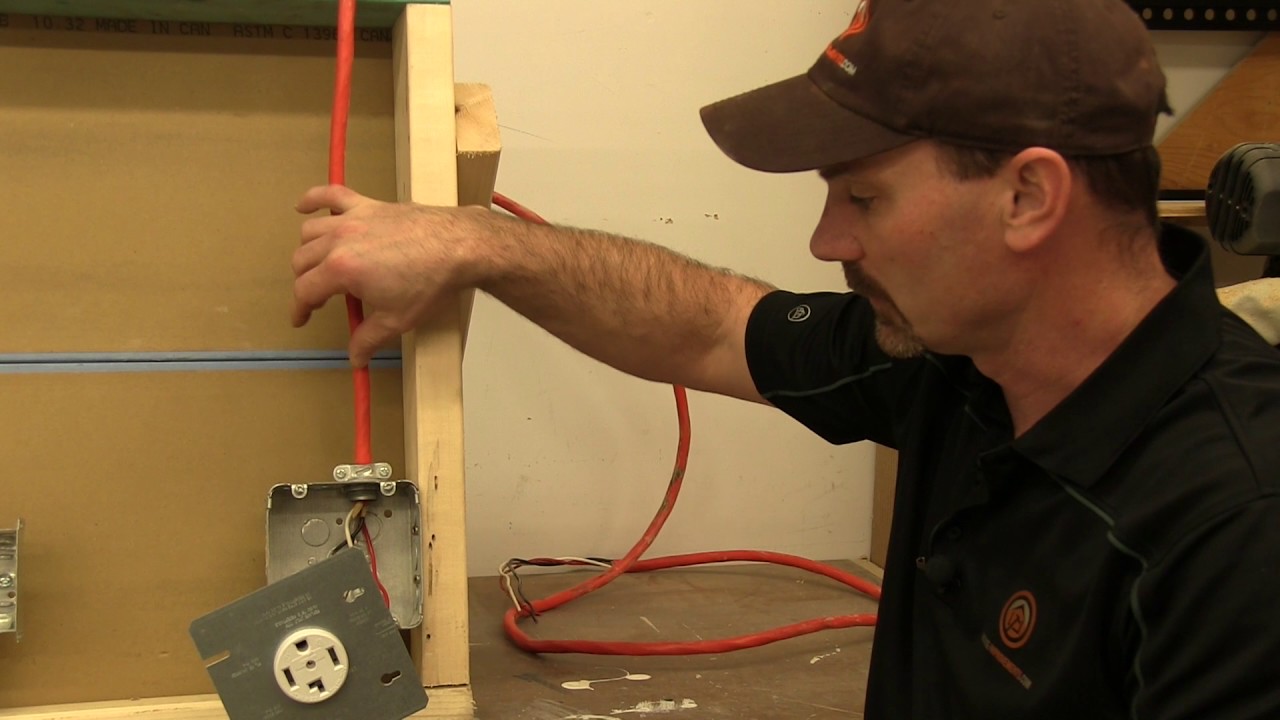
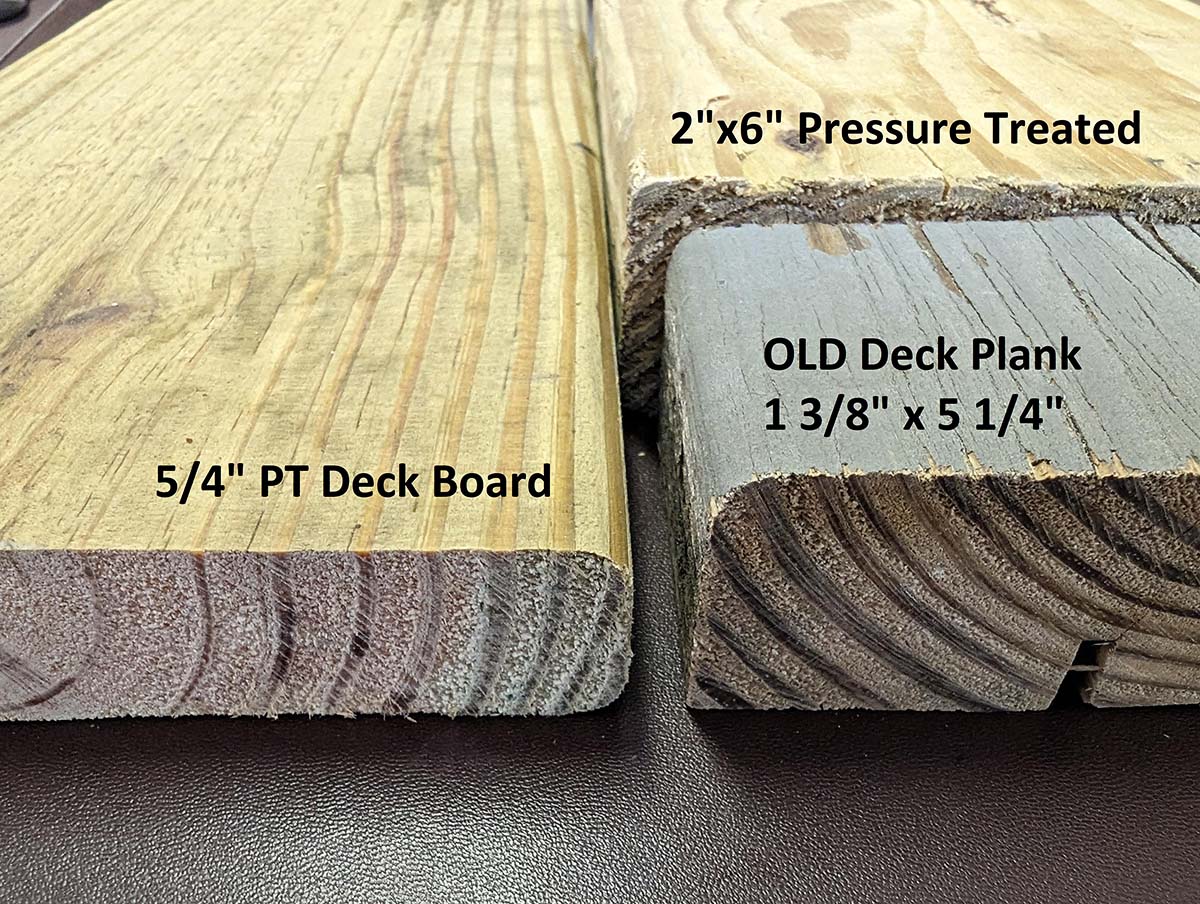
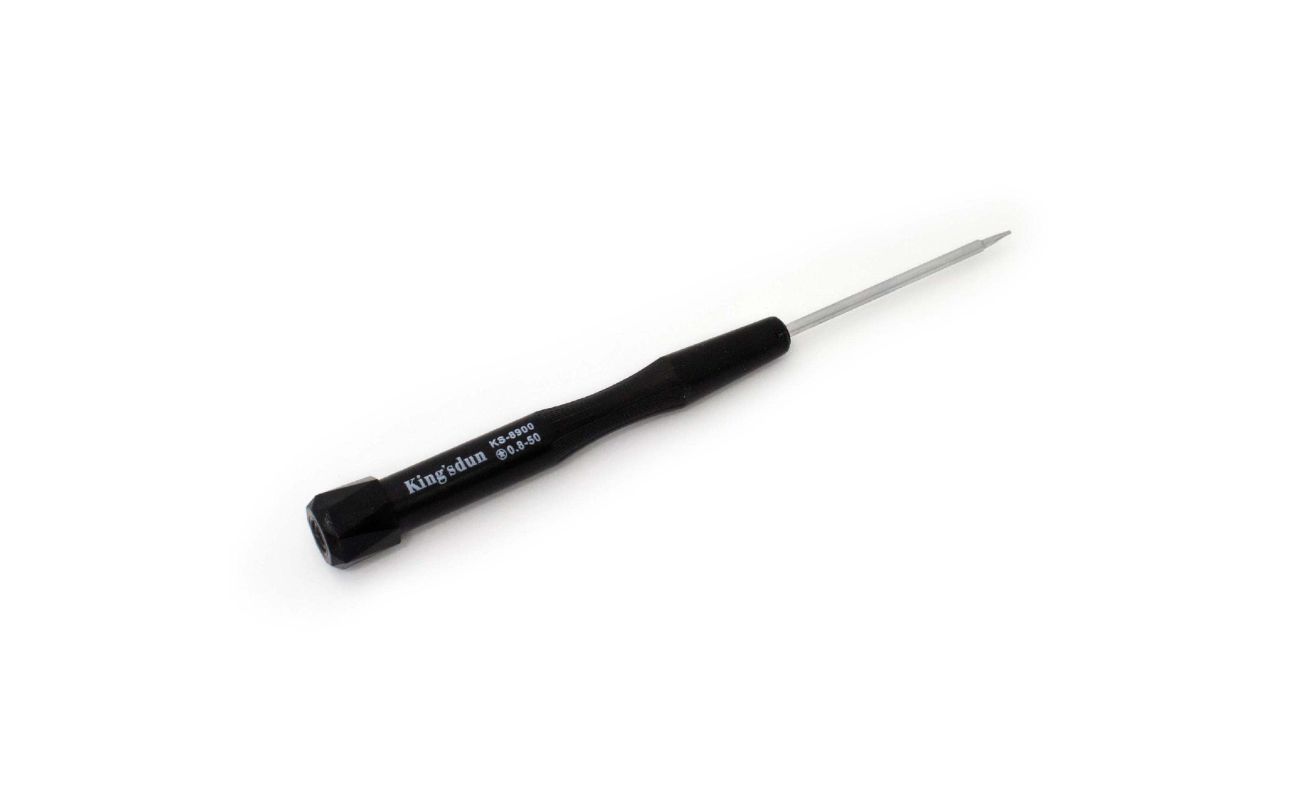

0 thoughts on “What Size Conduit For 2-2-2-4 Wire”